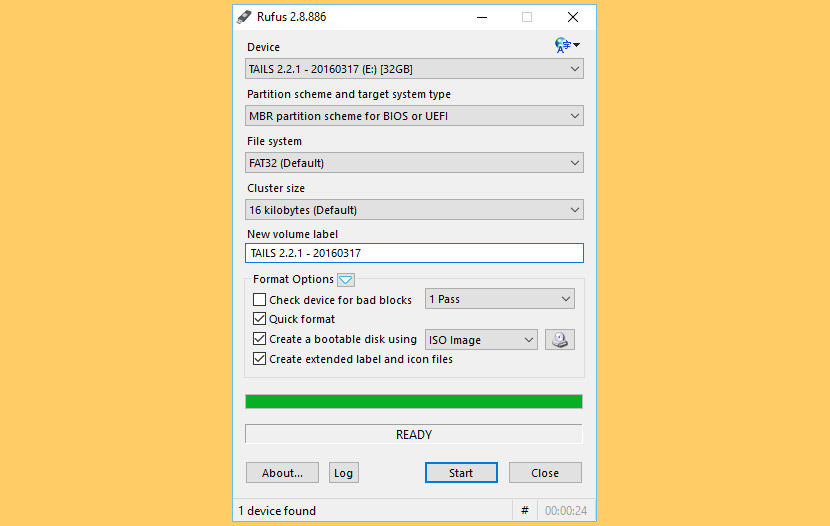
Now, you need to clean the disk by typing "clean" and then hitting the "Enter" key. Note: # needs to be replaced by your disk number mentioned in the list. Choose your USB flash drive name from the list by typing "select disk #" followed by "Enter" key. Again type "list disk" and press "Enter" key to see the list of connected disks available with the system. Key in "diskpart" and press the "Enter" key. On the command prompt you need to open the disk management utility. Make sure that you have administrator access for running it. Connect your USB drive to the computer and then find "Command Prompt" through the search bar.


Here is the step by step guide to create bootable USB from ISO Windows 10. Though the process might sound a bit complicated, we have tried to break it into simple and understandable format In this section, we will consider using the bootable flash drive. For this you would need a Windows 10 installation file and a bootable USB drive or DVD. The very first part of the article involves creation of a Windows 10 bootable USB though command prompt. Solution 1: Create Windows 10 Bootable USB Using Command Prompt

In this article, we are going to explain the methods of creating Windows 10 bootable USB and how it has been used. Fixing the issue involves having a fresh Windows 10 which only a USB flash drive can install effortlessly. A bootable device is important if the Windows system is unable to read from the hard disk or the hard disk has been corrupted. Without that, you can"t proceed with installation of Windows 10 using a USB drive.Įnsure that your Windows system's BIOS has been replaced by UEFI and it supports the latest firmware you have. Prior to applying this method, you should know how to create bootable USB Windows 10 drive. In this case, a latest copy of Windows 10 is created as a USB media on a flash drive and it boots your device in the setup wizard. A bootable Windows 10 USB flash drive allows you to upgrade or install Windows 10 software on your computer using a flash drive.


 0 kommentar(er)
0 kommentar(er)
